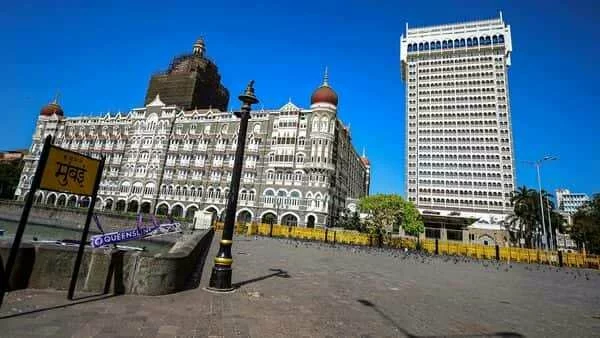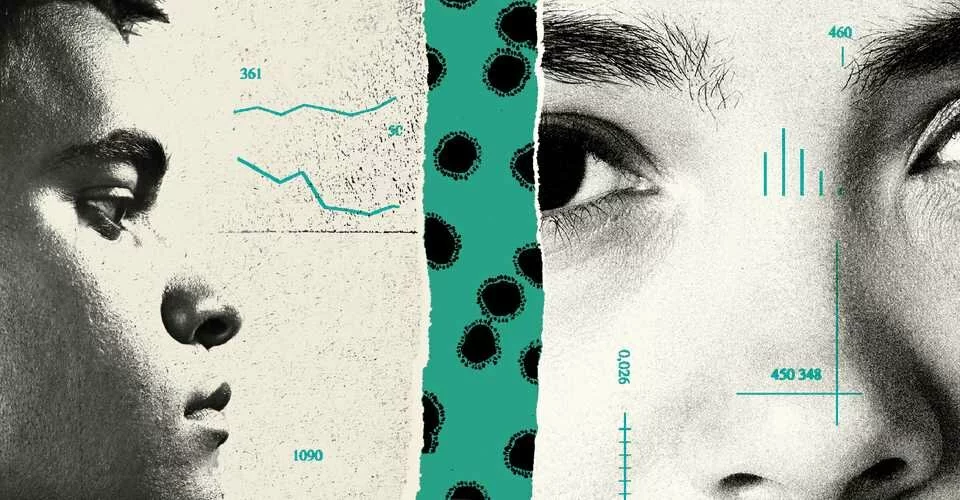
The Pandemic Will Cleave America in Two
- 2020-04-13 20:37
- By theatlantic.com
“I think that even a month of this could have devastating effects for many of our most vulnerable” people, said Beth Mattingly, an assistant vice president in regional and community outreach at the Federal Reserve Bank of Boston. Whenever it does end, Ray’s first group will likely have a relatively smooth transition back into the office: They’ll throw their laptops into their bags, drop their kids off at school or daycare, and resume whatever projects they were working on the previous day from home. “If you think about the possibility that people have to declare bankruptcy or foreclose on their house or lose their car, that takes a long time to recover from,” said Vida Maralani, a sociologist at Cornell University who studies inequality. Late last month, Congress passed and President Donald Trump signed a $2.2 trillion economic relief package that included $300 billion to go directly to American households. “Their income hasn’t changed, but they aren’t going out to eat, they’re not driving, they’re not going to work in the office.” They may not emerge from the pandemic completely unscathed, but they will have a much easier time transitioning back to normal once the crisis wanes. In February, a research team led by the World Health Organization estimated that transmission between people living in the same household was responsible for 78 to 85 percent of some 350 clusters of infections in two provinces in China. “Communities of color, areas that are highly segregated in terms of race or income, are going to be the places where we would see, in all likelihood, clusters of illness,” Scott Frank, the Case Western professor, said. This is terrible for the residents of those neighborhoods, but it may also be bad for everyone: One study in Delhi, India, found that outbreaks of influenza in the poorest parts of the city propelled the spread of the disease more widely. A separate 2007 study looking at 43 cities’ pandemic-fighting strategies 100 years ago found that “early, sustained, and layered application” of measures such as social distancing and public-event bans was associated with reducing the impact of the outbreak. As Ronald Brownstein has written in The Atlantic , many state governments’ responses to the present crisis have differed along political lines, with liberal leaders generally taking swifter action than conservative ones.
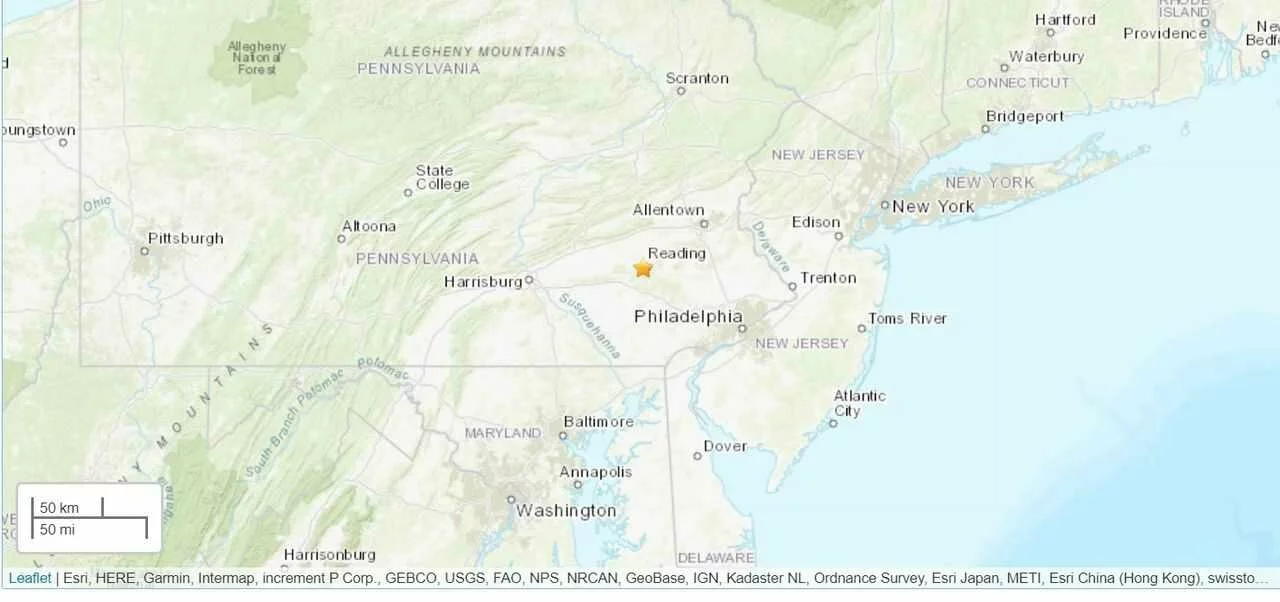
Small earthquake recorded in Pa. Wednesday night
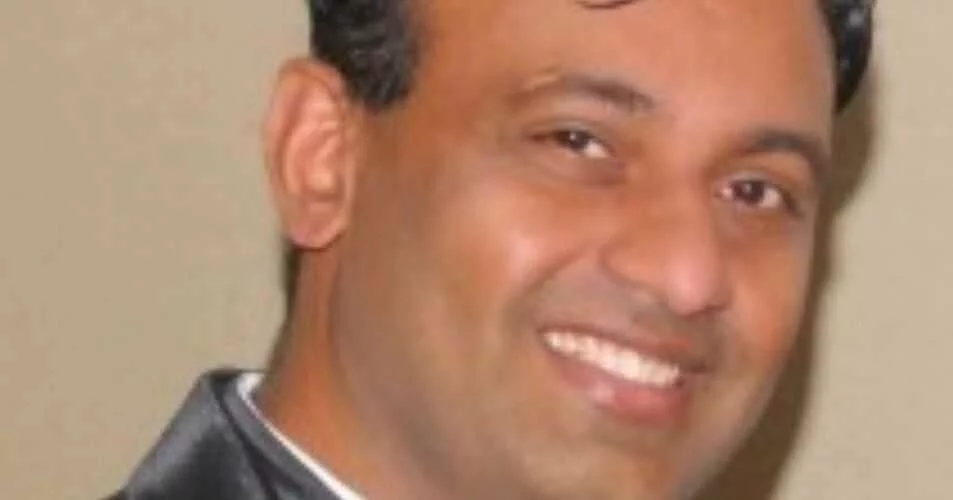
A ‘proud’, ‘scary’ moment for Indian doctors battling US pandemic
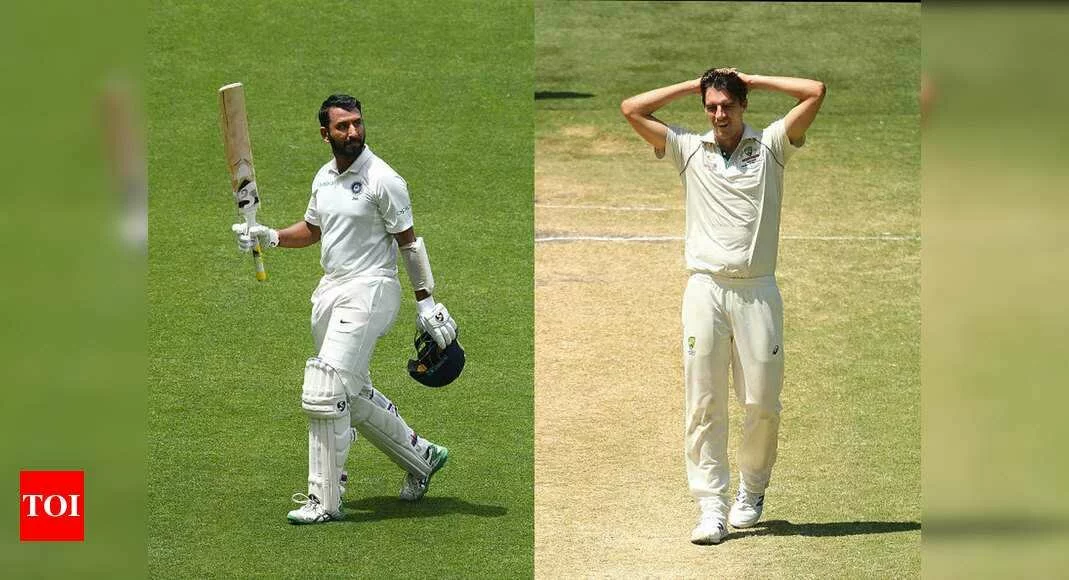
Cheteshwar Pujara was a real pain in the back: Pat Cummins - Times of India
